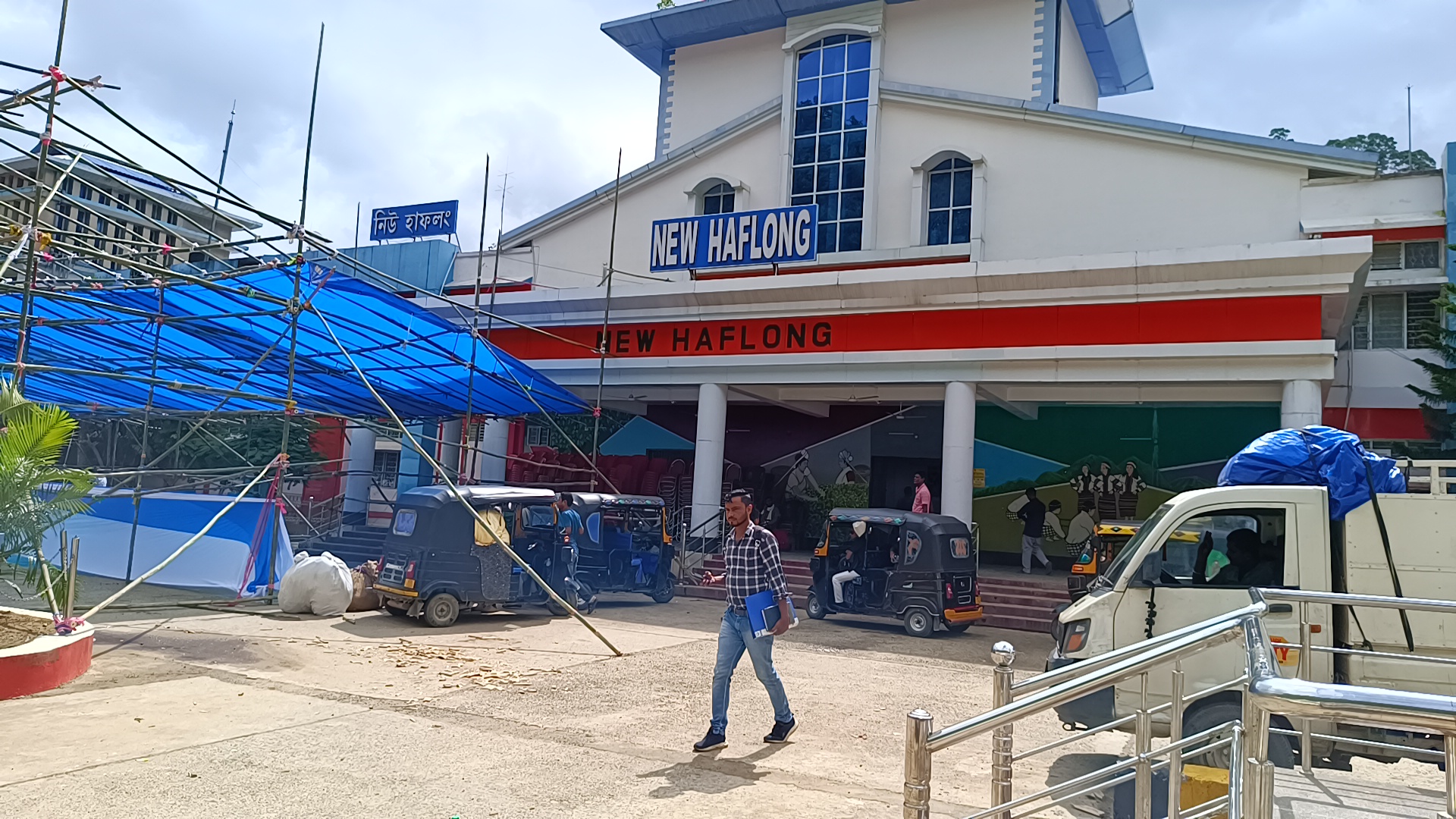A total of 91 stations of NFR have been identified under the Amrit Bharat station scheme
 Anup Biswas
Anup Biswas

Haflong : Though it is really a matter of great joy and proud for the people of Dima Hasao as the Prime Minister Narendra Modi would lay the foundation stones for re-development of 508 stations across the country including New Haflong station under Amrit Bharat Scheme Tomorrow but people are off the opinion that the station should get more attention from the Railway authority in terms of passengers amenities.
They said that the approach road right from Ranima Statue to New Haflong Station was badly affected at many locations during May/June 2022 but even after repeated prayers nothing was done in the name of repair of the road. People are forced to travel through the dilapidated road risking their lives to reach the station. More over the street lights from Ranima Statue to New Haflong are also not functioning since long.

Talking to this correspondent many auto drivers who ferry the train passengers said that it was really a very good news for the people of Dma Hasao but at the same the approach road and other passengers amenities also to be considered as priority basis.
The Amrit Bharat Station Scheme has been launched recently for development of Railway stations over Indian Railways. So far 1309 Stations over Indian Railways have been identified under this scheme for re- development. A total of 91 stations of NFR have been identified under the Amrit Bharat station scheme.
The foundation stone for re-development of 56 stations will be laid on August 6, 2023. Out of 56 stations, there are 32 stations in Assam, 03 stations in Tripura, 16 stations in West Bengal, 03 stations in Bihar and one station each in Nagaland and Meghalaya. Rs. 5100 crores have been allocated for the re-development of 91 stations under NFR. Out of which 1960 crores will be utilized for re- development of these 56 stations.
This scheme envisages development of stations on a continuous basis with a long-term approach. It involves preparation of Master Plans and their implementation in phases to improve the amenities at the stations like improvement of station access, circulating areas, waiting halls, toilets, lift/escalators as necessary, cleanliness, free Wi-Fi, kiosks for local products through schemes like ‘One Station One Product’, better passenger information systems, executive lounges, nominated spaces for business meetings, landscaping etc. keeping in view the necessity at each such station.


